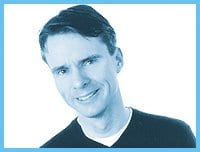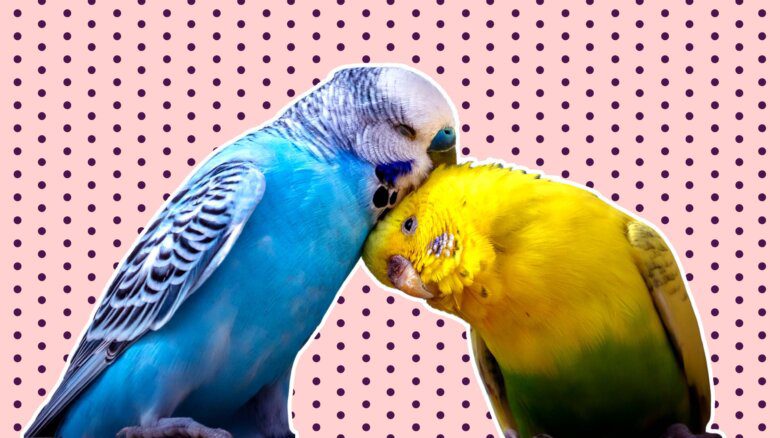Susan Sontag is turning out to be way more fun in death than she was in life. Her 1964 essay “Notes On Camp” may have been one of the earliest (and most covert) dissections of gay culture but her prose has always struck me as bleak, cold and lifeless, like a sheet of black marble.
And no wonder. It turns out the intellectual sexpot with the streak of wild grey hair was a bit of a closet case. Albeit one with more than a little bit of traction on her treads.
Actually, “closet case” is a bit harsh. “Discreet” might be closer to the truth. Sontag declared her sexuality an “open secret” in 1995 and admitted to bisexuality in 2000, telling the UK’s Guardian, she had fallen in love nine times in her life. “Five women, four men.”
But she doesn’t seem to have spent a lot of time on the who, what and when of her affections, an attitude that may have coloured the media’s posthumous approach to her life.
No sooner had Sontag died, Dec 28 at the age of 71, than every media pundit and blogger on the ‘net was weighing in on her life and the media’s coverage thereof. They were all braying about the same thing: the lack of lesbian content. Most of the mainstream outlets either ignored her same-sex relationships or glanced over them. The New York Times devoted 1,700 words to her life and never mentioned her Sapphic salutes. Sontag, who’d been hanging out with photographer Annie Leibovitz for the best part of 20 years, was survived, said the Times, by a sister and a son. Which, of course, raises some serious issues.
For the best overview of the problem, see Michael Bronski’s superb survey of the links between power, ambition and closetry in the Jan 6 edition of New England’s Bay Windows (Baywindows.com). It’s brilliant – if you’re into serious issues.
For me, however, the lesson was rather more trite and obvious: I’m dating the wrong people.
The lesson hit home while I was reading one of the Utne Reader’s Web Watch bulletins. “Sontag,” gushed the Utne in a tone of breathless enthusiasm, “allegedly maintained lesbian relationships with some of the most intriguing women of our time, including playwright Maria Irene Fornes, choreographer Lucinda Childs and photographer Annie Leibovitz.”
It was the “most intriguing women of our time” line that got me – so glamorous, so Entertainment Tonight. I immediately vowed to start dating more famous people.
No point in screwing names the biographers will have to footnote. Let them grovel in gratitude at the celebrity of your sex partners. If you want to be famous, you’ve got to fuck big – like eight or more column inches in a major media outlet with full colour reproduction and mainstream distribution.
The truly famous have always understood this, Sontag among them. She started out with a largely unheralded straight sociologist (married him, in fact) and moved on up to the upper reaches of lesbian chic. By the end of her life, she was consorting with Leibovitz, the glam New York photographer synonymous with celebrity portraiture.
Sontag denied they were more than friends. But who cares? We make too much of the big-R, small-r distinction in relationships and this particular alliance had enough celebrity zing to make the tabloids sit up and bark. Better yet, it’s almost sure to cement Sontag’s position in the history books. Should her own celebrity ever falter, her friend’s will restore its lustre.
The first and only time I ever tried to fuck my way to the top, the other guy wasn’t interested and all my pathetic little flirtation gained me was a job in a shoe store. A mall shoe store. So perhaps it’s forgivable that I’ve never quite understood the concept of erotic networking, the power couple or even the rather more elemental concept of giving head to get ahead.
But other people sure do. I’m not sure that queers are any better at this than straights, but scratch a gay biography and you’ll soon find out how the masters play the game.
Mid-century novelist Christopher Isherwood tended to fuck low, plucking grateful twinks from obscurity, but he compensated by drawing friends from the artistic and literary elites. Stephen Spender, WH Auden, EM Forster, Aldous Huxley, Igor Stravinksky, Greta Garbo – he knew them all and then some (he and Auden boinked casually for more than a decade). His diaries are littered with famous names, so many you wonder how he ever got any work done.
But his networking pales in comparison to the reigning fag of American letters, Gore Vidal. To read his memoir, Palimpsest, is to know the true meaning of name-dropping. Clearly Vidal never met anyone famous he didn’t like.
I’m not sure how these lives should inform my own. I’d always thought it enough if lovers were – oh, unlikely combination – both likeable and fuckable. But perhaps I should start checking my partners’ prestige, if not in the pages of Debrett’s or Who’s Who, then at the very least in the back issues of Entertainment Weekly. After all, a boink is a boink, but a biography is forever.

 Why you can trust Xtra
Why you can trust Xtra


